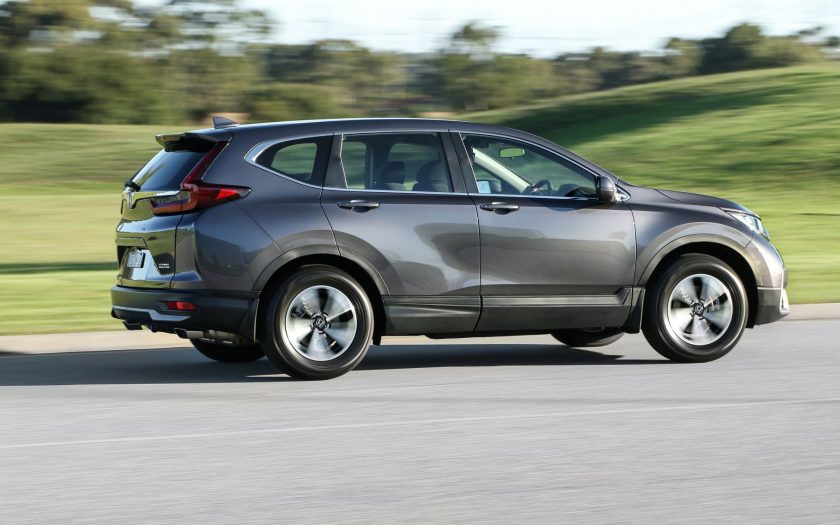Chris Riley tests the 2022 Honda CR-V VTi L7 with pricing, specs, ride and handling, safety, verdict and everything the over-50 driver needs to know.
Summary: Does it have enough to lure buyers?
2022 Honda CR-V VTi L7 SUV
Pricing: $49,500 (plus on road costs).
Warranty: Five-years, unlimited km. Five years roadside assist.
Safety: 5-star ANCAP (tested 2017)
Country of origin: Thailand
Engine: 1.5-litre four-cylinder petrol engine
Power: 140kW @ 5600rpm
Torque: 240Nm @ 2000-5000rpm
Transmission: 1-speed constantly variable transmission, front-wheel drive
Body: 4635mm (long); 1855mm (wide); 1679mm (high)
Weight: 1642kg
Towing capacity: 1500kg
Wheels: 18-inch alloy
Tyres: 235/60 R18
Turning circle: 11.0m
Fuel tank: 57 litres
Thirst: 7.3L/100km (91 RON unleaded)
Consumption on test: 7.3L/100km (over 665km)
seniordriveraus consumption on test: not tested
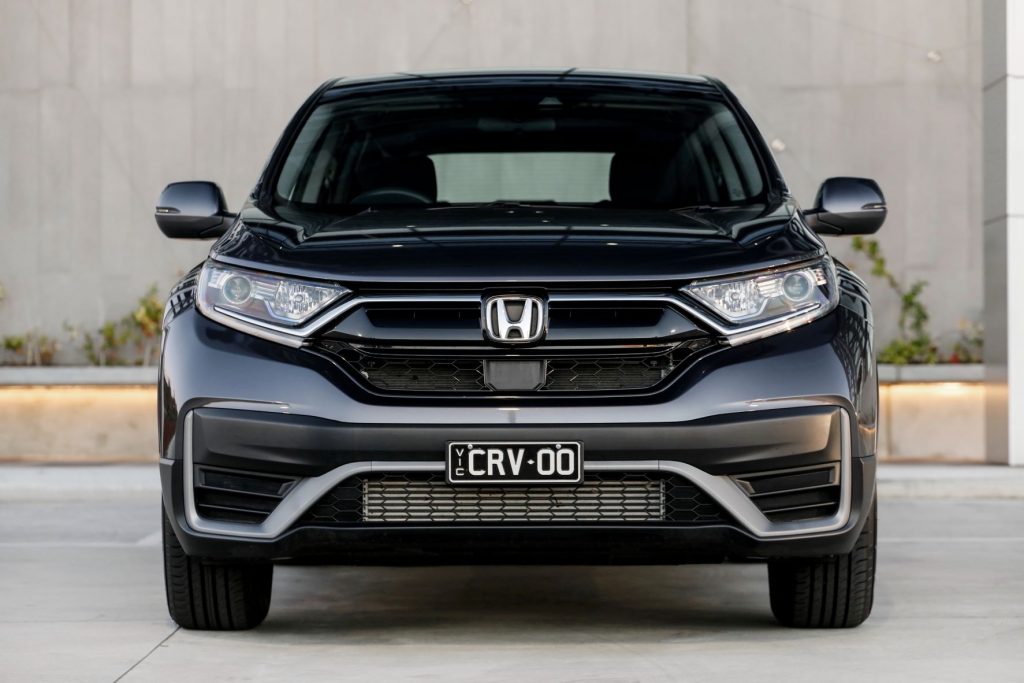
[review]
It was a case of deja vu.
Subtle styling changes, especially those at the front, give the Honda CR-V a more aggressive look.
But inside it all looks so familiar – same layout, same instruments and same infotainment screen.
So, the question is: what exactly is it that has changed? To help answer this question, we’ve included photos of the previous model – see if you can spot the difference?
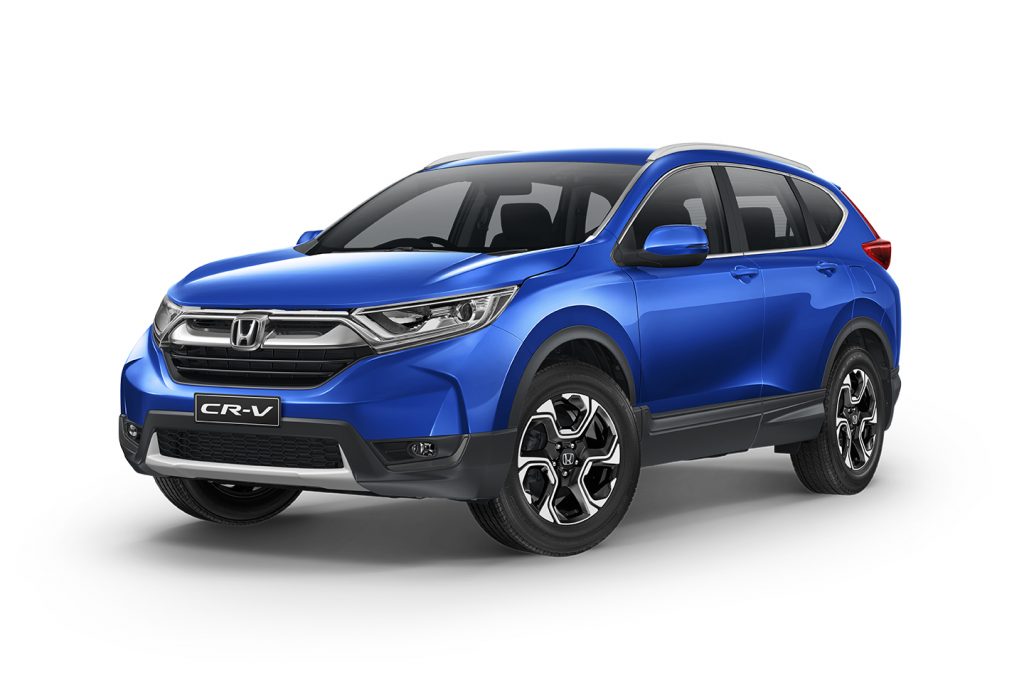
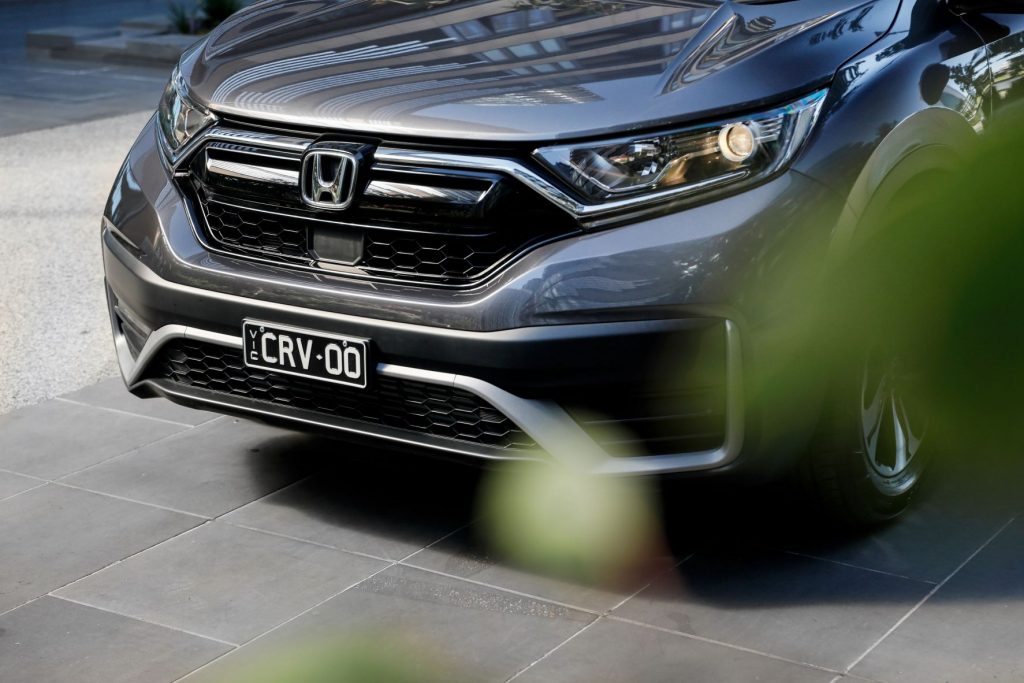
What’s it cost?
Prices for CR-V start at $35,900 for the 2.0-litre Vi.
The rest of the range gets a more powerful 1.5-litre turbocharged engine, starting at $38,900 for the VTi or $40,900 for the VTi-7 with seven seats.
Then there’s the VTi-X at $41,900, followed by the subject of our test, the seven-seat VTi-L7 — for $49,500.
Simple, right?
But then you have to factor in all-wheel drive, with two all-wheel drive models: VTi-L at $46,200 or the VT-LX at $53,600.
Standard kit includes 18-inch alloys, leather trim, dual zone climate control with rear air vents (including vents for the third row).
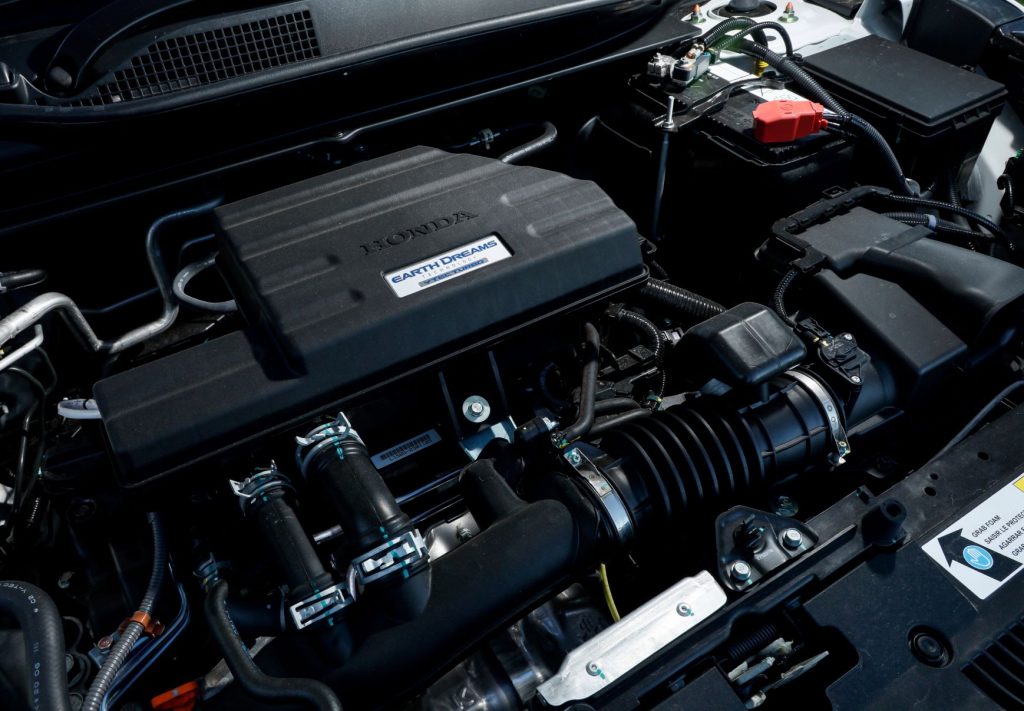
The front seats are also heated and the driver’s seat has eight-way power adjustment with two seat memories.
Also standard are LED lights front and back, LED fog lights, as well as LED daytime running lights, with ambient lighting inside.
Other features include smart keyless entry with push button start, automatic walk-away door locking, hands-free power tailgate, electric parking brake, 10 x cup or bottle holders, auto lights and wipers, front and rear parking sensors, active cornering lights, auto headlights with high beam support and a panoramic sunroof.
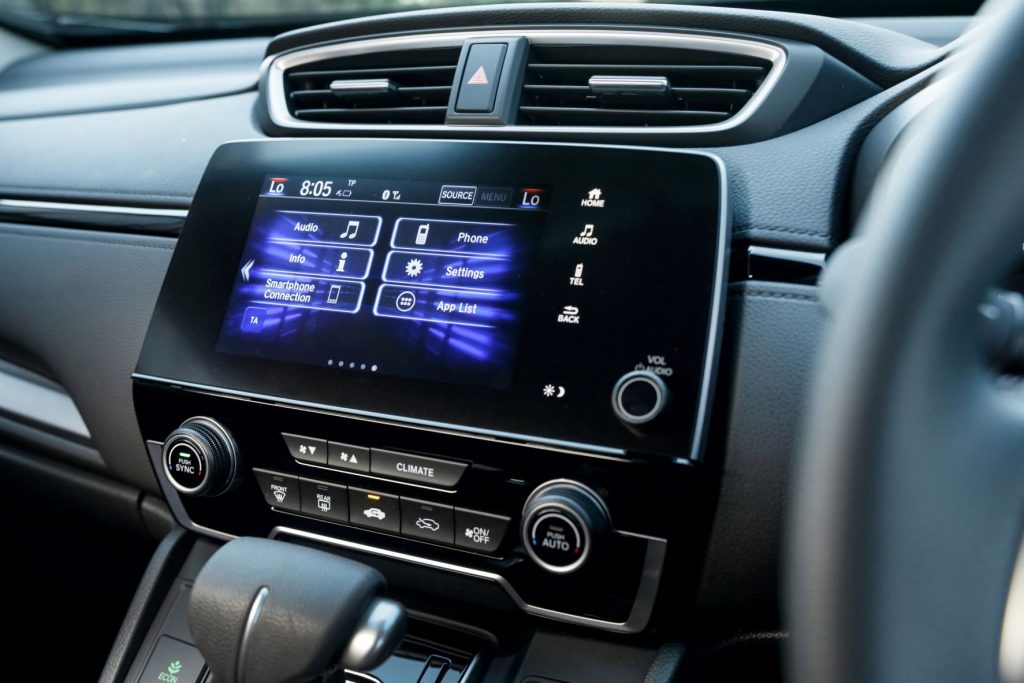
Infotainment consists of a 7.0-inch touchscreen, eight-speaker audio, active noise control, built-in satnav, Bluetooth phone and audio connectivity, AM/FM radio, with Apple CarPlay and Android Auto connectivity and a wireless phone charger.
There’s also one 12-volt outlet in the centre console and four USB ports.
Missing is DAB+ digital radio which is available only with the top-of-the-line LX.
Safety is rated at five stars and extends to six airbags (including full length curtains), driver attention monitor, LaneWatch passenger side camera, plus a multi-angle reversing camera with guidelines and three modes: normal, wide, top-down.
The Honda sensing safety system comprises Adaptive Cruise Control (ACC) with Low Speed Follow (LSF), Forward Collision Warning (FCW), Collision Mitigation Braking System (CMBS), Lane Departure Warning (LDW), Road Departure Mitigation System (RDM) and Lane Keeping Assist System (LKAS).
CR-V is covered by a 5-year unlimited kilometre warranty and 5-year roadside assistance, with service due every 10,000km or 12 months.
What’s it go like?
The 1.5-litre turbocharged four-cylinder petrol engine produces 140kW of power at 5600 rpm and 240Nm of torque from 2000 to 5000rpm.
It’s paired with a CVT-style continuously variable transmission with paddle shifters, and drive to the front wheels.
The smaller turbo engine provides plenty of punch and a wide spread of torque, delivered from a low 2000 revs makes it an easy car to drive.
But as we discovered previously, to harness the full potential of the engine, a firm right foot is required.
The biggest changes are at the front of the car with its blacked-out grille and broader, more aggressive styling.
The rear lights look the same but the rear bumper and apron have been redesigned, with oval tailpipes this time.
And there’s a new wheel design that looks suspiciously like the previous one.
Inside it all looks pretty much the same, apart from a wireless charge pad.
The cabin is roomy, comfortable and quiet, and the engine doesn’t make its presence known unless you really get up it.
One of the big drawcards of the CR-V and Hondas in general is the well sorted ergonomics of the cabin, with its large, easy to read and operate controls.
The central touchscreen, although it looks huge, is mainly framework, disguising a now smallish 7.0-inch display.
Oddly, although this model gets built-in satnav, DAB digital radio is absent for some reason.
Ride quality is middle of the road and perhaps a little too soft, with too much body roll for our liking.
But in reality, who is going to start chucking it around?
Steering is light and the brakes overly sensitive.
In a seven-seater, you’ll like the “conversation” mirror too, which enables the driver to see those in the back.
But obviously in a vehicle that is a little over 4.6 metres in length, the two third-row seats are suitable for small children only.
Child restraint anchorages consist of three top tethers, two boot floor tethers and two ISOfix points.
Trailer Stability Assist (TSA) is standard and CR-V can tow a 1500kg braked trailer.
Rated at 7.3L/100km, the CVT really does what it is supposed to do, finding the optimal point between power and economy.
We in fact got the claimed 7.3L/100km from the 57-litre tank after 665km of mixed driving, broken by a bout of COVID.
Wow!
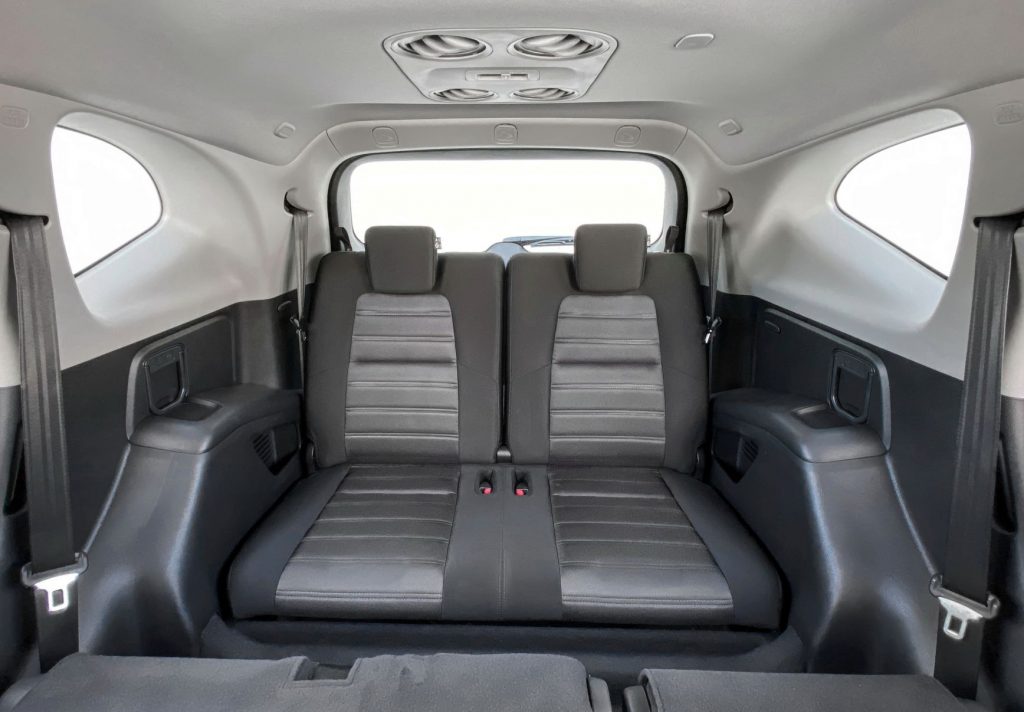
What we like
- Better looking
- Excellent fuel consumption
- Interior space and comfort
- Large digital speedo
- Conversation mirror
- Satellite navigation
- Rear air vents
- Biggish boot (with third row folded)
What we don’t like
- No digital radio
- Where did sport mode go?
- Auto dimming rear view mirror missing
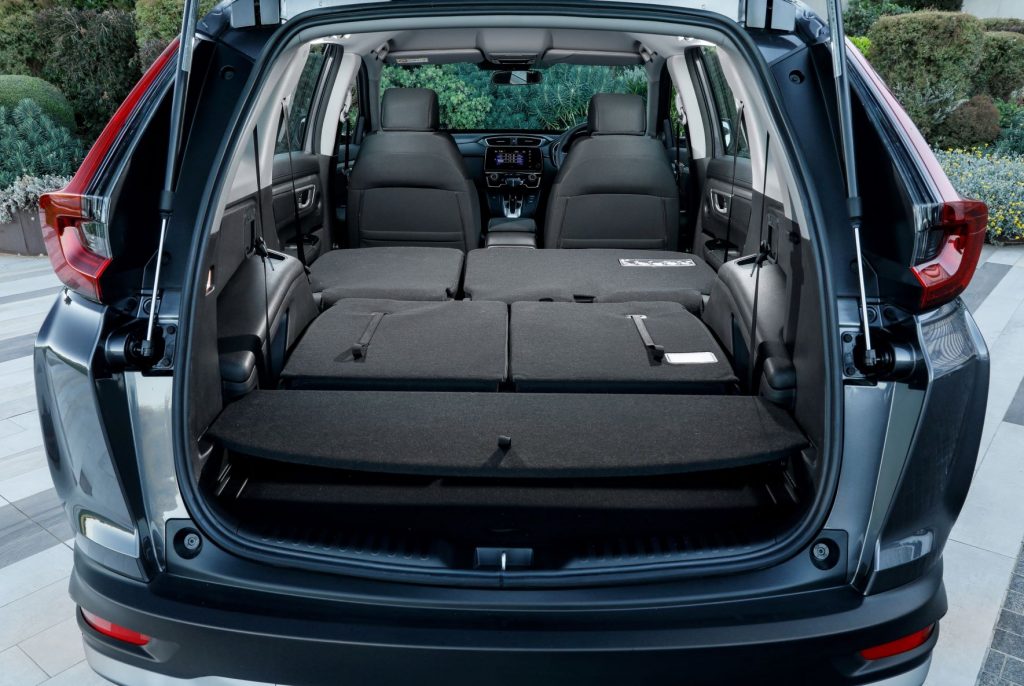
What over-50s need to know
CR-V hasn’t changed much over the past couple of years, but there’s no point in making change just for the sake of change. As the old saying goes, if it ain’t broke, don’t fix it.
CR-V ticks a lot of boxes and does what it does very well, with little fuss, and that’s really all you want from a car. Apart from some minor cosmetic changes, the main difference is in the addition of the Honda Sensing safety system which also brings adaptive cruise control.
The omission of digital radio is annoying, but hey – that’s marketing for you.
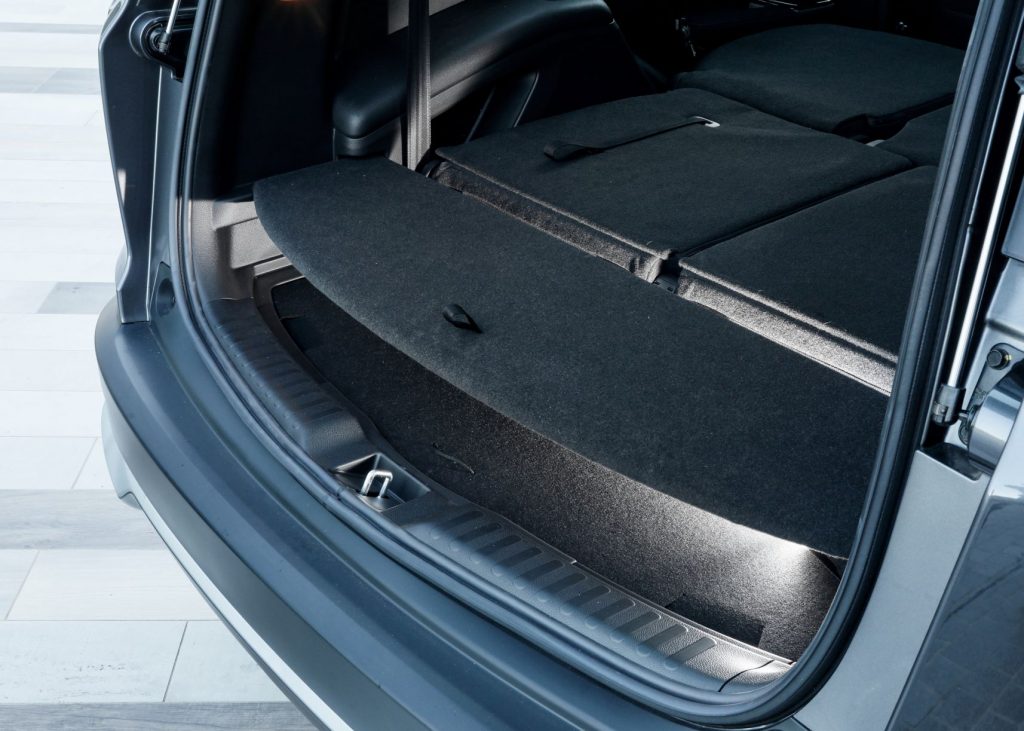
seniordriver comments
Car design is advancing in leaps and bounds, so it doesn’t take long for a model to look a little dated.
The “new” CR-V is almost indistinguishable from the previous model, and comes with a higher price. Fortunately, it’s well-equipped for the money (other than missing out on a digital radio, other than in the LX, which is almost obligatory these days).
Hondas have always appealed to the over-50 market, simply because they offer a quality product at a reasonable price. Another big appeal is the well-sorted interior ergonomics, easy to read instruments and easy to read and easy to operate controls.
It might claim to be a seven-seater, but the third-row seats are really too small to be of much practical use.
And as always, there’s plenty of choice in this category, so it pays to try a few different makes before you commit. We’d certainly want to test drive a Hyundai Tucson and Kia Sportage (although don’t expect to save too many dollars by buying Korean). Mitsubishi’s Outlander is also worth considering, as is the Nissan X-Trail, Toyota RAV4, Mazda CX-5 and Subaru Forester.
